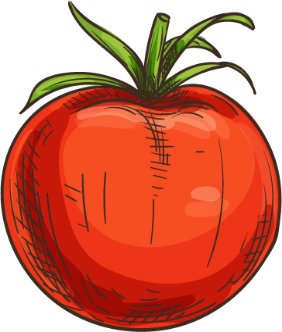
Bulk Milk
Less Waste, Great Taste
Milk cartons and bottles — as well as discarded milk — are the biggest source of school food waste. Our Bulk Milk program provides grant packages to help schools transition from serving milk in single-serve containers to serving milk using bulk dispensers and reusable cups. Plus, milk tastes better and stays fresh longer when served in bulk!
Applications are currently closed. Sign up for our interest list to be notified when they open.

Bulk Milk
Less Waste, Great Taste
Milk cartons and bottles — as well as discarded milk — are the biggest source of school food waste. Our Bulk Milk program provides grant packages to help schools transition from serving milk in single-serve containers to serving milk using bulk dispensers and reusable cups. Plus, milk tastes better and stays fresh longer when served in bulk!
Applications are currently closed. Sign up for our interest list to be notified when they open.
Overview
Our Bulk Milk program helps schools transition from serving milk in single-serve containers to serving milk using bulk dispensers and reusable cups.
Making the switch drastically cuts milk packaging and liquid milk waste, reduces energy emissions, and lowers costs for schools. It also keeps milk colder and fresher longer, which keeps milk tasting great.
Serving milk in bulk is a win-win-win: for the environment, for students’ health, and for school meal programs’ bottom lines.
This program was made possible thanks to the generous support of our partners at the Posner Foundation, Life Time Foundation, and Elevance Health Foundation.


Overview
Our Bulk Milk program helps schools transition from serving milk in single-serve containers to serving milk using bulk dispensers and reusable cups.
Making the switch drastically cuts milk packaging and liquid milk waste, reduces energy emissions, and lowers costs for schools. It also keeps milk colder and fresher longer, which keeps milk tasting great.
Serving milk in bulk is a win-win-win: for the environment, for students’ health, and for school meal programs’ bottom lines.
This program was made possible thanks to the generous support of our partners at the Posner Foundation, Life Time Foundation, and Elevance Health Foundation.
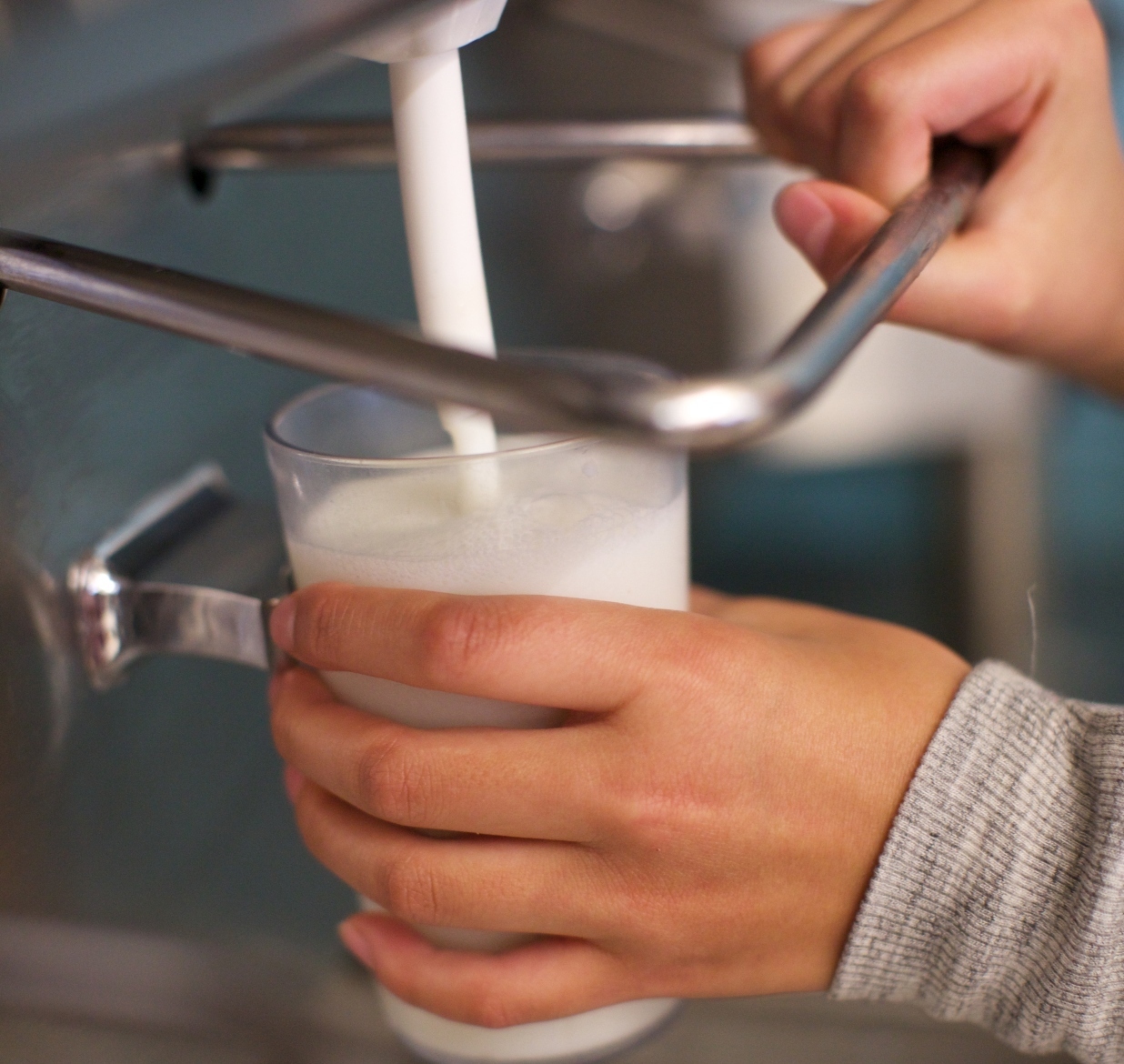
Background
USDA guidelines for the National School Lunch and Breakfast Programs require that either low- or non-fat milk be offered with every school lunch or breakfast. As a result, most schools serve milk in either an eight-ounce carton or plastic bottle. With 31+ million lunches and 13+ million breakfasts served every single school day day—year after year—those cartons and bottles add up.
According to a recent World Wildlife Fund report, school food programs provide approximately 275 million half-pint carton servings of milk to students each day, resulting in packaging waste and milk waste if the carton is left unfinished. It’s estimated that 45 million gallons of milk is wasted each school year, roughly 32 cartons per student every year.

Background
USDA guidelines for the National School Lunch and Breakfast Programs require that either low- or non-fat milk be offered with every school lunch or breakfast. As a result, most schools serve milk in either an eight-ounce carton or plastic bottle. With 31+ million lunches and 13+ million breakfasts served every single school day day—year after year—those cartons and bottles add up.
According to a recent World Wildlife Fund report, school food programs provide approximately 275 million half-pint carton servings of milk to students each day, resulting in packaging waste and milk waste if the carton is left unfinished. It’s estimated that 45 million gallons of milk is wasted each school year, roughly 32 cartons per student every year.
The report notes that, “This not only represents a loss of nutrition, but also the environmental and financial resources that go into producing, transporting, cooling, and storing milk. Milk waste from bulk milk dispensers is much lower; only 4.5 cartons per student— saving 248 gallons of water and 30 pounds of CO2e per student annually. That’s equivalent to almost 1.5 times the amount of water the average person consumes on a yearly basis and 33.8 miles driven by a gas-powered vehicle. With 49.5 million K-12 students, this would be the same as taking over 145,000 gas-powered vehicles off the road each year.” -World Wildlife Fund
In short, bulk milk offers schools a practical pathway to lower their annual costs while also achieving environmental reductions in waste, greenhouse gas (GHG) emissions, and energy use. Students prefer the flexibility to serve themselves only what they need, which also helps to reduce waste.
Program Goals
- Reduce packaging and liquid milk waste.
- Lower school costs for milk purchasing, disposal, and refrigeration. Use cost savings to procure organic milk.
- Improve the freshness and taste of milk being served.
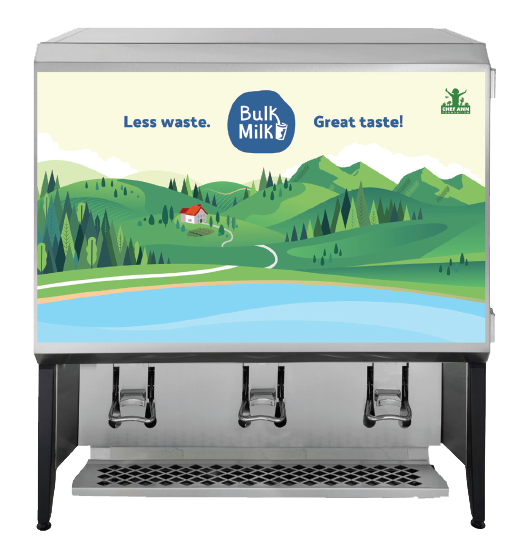
How It Works
Schools and districts can apply for Bulk Milk grant packages. Grant packages provide nearly everything needed to transition from serving milk in single-use containers to serving it in bulk.
Grant packages includes a bulk milk dispenser, stand, reusable cups, dish racks, program and marketing materials, and technical assistance.
Bulk Milk grant cycles open as program funding is available.
Eligibility
- Grant packages are open to K-12 school districts in the U.S.
- Districts must participate in the National School Lunch Program with an enrollment of at least 100 students per school site.
- Schools must have a dish machine to wash reusable cups (cups and dish racks are provided in the grant package).
- Districts must be able to identify a bulk milk bib supplier in their area.
- Districts must commit to serving only unflavored varieties of milk, or transition to serving only unflavored varieties within six months of bulk milk machine implementation.

How It Works
Schools and districts can apply for Bulk Milk grant packages. Grant packages provide nearly everything needed to transition from serving milk in single-use containers to serving it in bulk.
Grant packages includes a bulk milk dispenser, stand, reusable cups, dish racks, program and marketing materials, and technical assistance.
Bulk Milk grant cycles open as program funding is available.
Eligibility
- Grant packages are open to K-12 school districts in the U.S.
- Districts must participate in the National School Lunch Program with an enrollment of at least 100 students per school site.
- Schools must have a dish machine to wash reusable cups (cups and dish racks are provided in the grant package).
- Districts must be able to identify a bulk milk bib supplier in their area.
- Districts must commit to serving only unflavored varieties of milk, or transition to serving only unflavored varieties within six months of bulk milk machine implementation.
Key Benefits
- Reduced cost for milk (3 to 5 gallon bags cost less than milk in individual cartons)
- Increased meal participation
- Flexible, low-waste approach to comply with free-and-reduced lunch standards
- Milk stays cold and at constant temperature (cartons in an open cooler lose one day of life expectancy for each hour it remains open)
- Reduced milk waste by students
- Increased student ownership in food service choices and portion size
- Opportunity to promote unflavored milk and eliminate flavored milk varieties
- Significant reduction of solid and liquid waste production which means reduced staff efforts for waste removal
- Lower disposal costs
- Reduced school environmental impacts and greenhouse gas emissions.
- Reduced energy costs
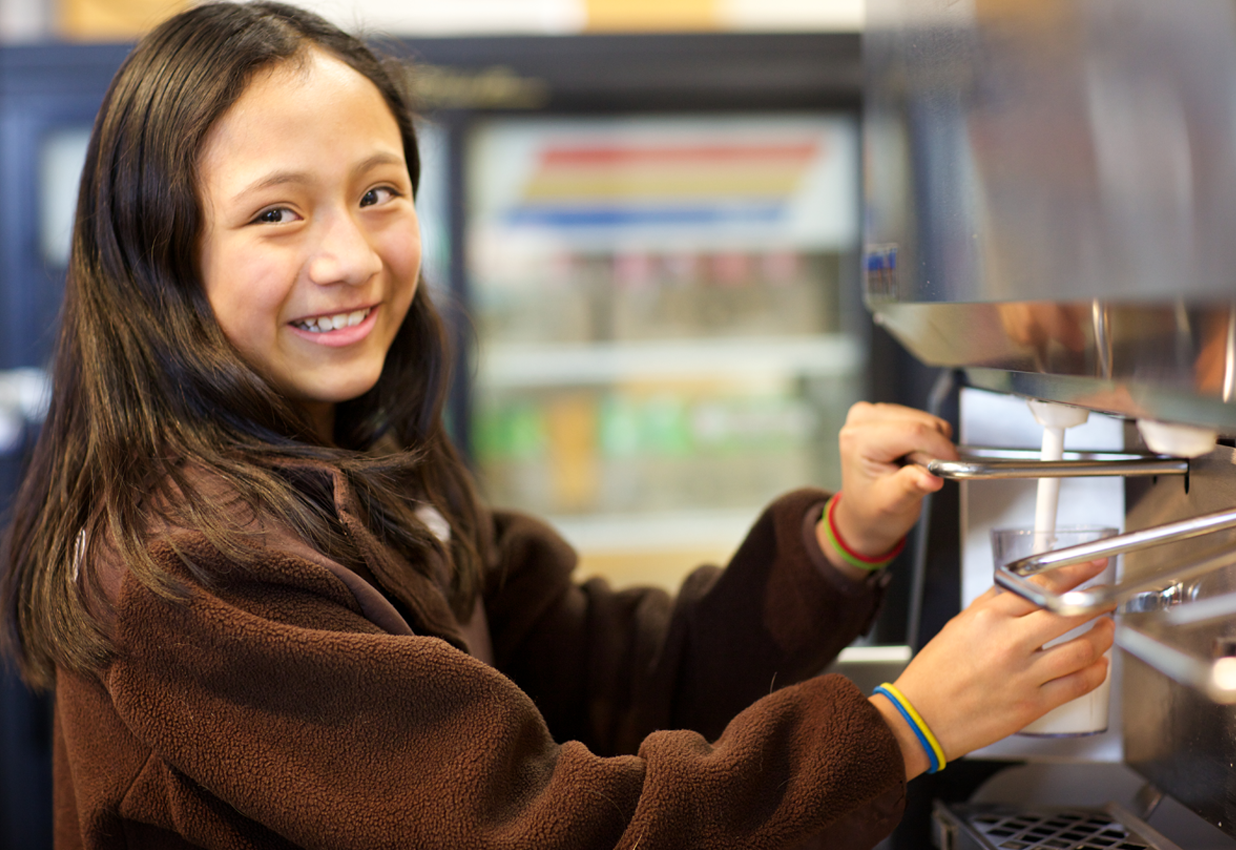

Key Benefits
- Reduced cost for milk (3 to 5 gallon bags cost less than milk in individual cartons)
- Increased meal participation
- Flexible, low-waste approach to comply with free-and-reduced lunch standards
- Milk stays cold and at constant temperature (cartons in an open cooler lose one day of life expectancy for each hour it remains open)
- Reduced milk waste by students
- Increased student ownership in food service choices and portion size
- Opportunity to promote unflavored milk and eliminate flavored milk varieties
- Significant reduction of solid and liquid waste production which means reduced staff efforts for waste removal
- Lower disposal costs
- Reduced school environmental impacts and greenhouse gas emissions.
- Reduced energy costs
Dispenser milk is always cold and delicious. The equipment keeps it fresh, so kids like it better. The self-serve component helps alleviate waste… it’s a win-win.
Program Resources
- The Lunch Box: Bulk Milk - an introduction
- Bulk Milk SOP
- Bulk Milk Staff Training Video
- Bulk Milk Student Training Video
- Program One-Pager - Would you like to post information about the Bulk Milk granting program? Download our one pager now!(Spanish version)
- Grant Package flyer
Posters
How Much to Take? Option 1 - For schools that use Offer vs Serve (Take what you want, drink what you take)
How Much to Take? Option 2 - For schools that do not use Offer vs Serve (require 8oz)
Sustainability poster - Elementary students
Sustainability poster - Young adult students


How Much to Take? Option 1 - For schools that use Offer vs Serve (Take what you want, drink what you take)
How Much to Take? Option 2 - For schools that do not use Offer vs Serve (require 8oz)
Sustainability poster - Elementary students
Sustainability poster - Young adult students
What really surprised me about the [bulk] milk dispenser project was all of the younger kids and their ability to adapt so quickly…They LOVE having it there.
FAQs
Generally, students already have a reimbursable meal by the time they get through the serving line. One thing you need to consider is whether your district has chosen the “offer versus serve” option for how they qualify for reimbursements. Audits from districts currently using dispensers have indicated no issues.
It’s best to locate the dispenser before the cashier to ensure the meal can be identified as a ‘reimbursable meal’. Place the dispenser on a table, counter or cart - be sure it’s low enough for students to reach and for staff to restock.
9 oz. squat cups are recommended (and provided in grantee package) to ensure students serve themselves 8 oz. and still have room to prevent spills.
Remarkably, schools that have implemented beverage dispensers reported minimal spills - even with younger grades. In fact, some schools reported less spills.
We recommend placing a bucket next to the trash or dish room window for leftover milk. This also helps to quantify waste and determine any reduction.
It’s important to educate students and staff on making the switch to milk dispensing prior to implementation. With proper training, students have shown they can successfully pour their own milk.
Staff: Staff Training Video
• Proper way to stock the milk dispenser
• Proper cleaning/sanitizing of the milk dispenser
• Proper way to store and rotate milk bags regarding expiration dates
Students: (Student Training Video coming Fall 2023)
• Bring each class to the cafeteria during non-service times and demonstrate how to use the dispenser
• Possibly include a short video to broadcast on the school’s television network
• Make it clear where to return cups (possibly directly into dishwasher racks to save time for foodservice/custodial staff)
Program Implementation Training: Get prepared for implementation with the School Food Institute’s online Sustainable Lunchrooms Course. The online course is self paced, satisfies USDA training requirements, and addresses the ever-increasing importance of reducing environmental impact by providing achievable tactics to run a sustainable school food program. All approved gratees to CAF’s Bulk Milk granting program will receive 2 course enrollments to online through School Food Institute (SFI).
Contact your milk supplier to find out if they offer milk in bags.
- If your supplier doesn’t offer milk in bags :
- Do some research to see if there are any other dairies in your school’s area offering milk in bags. If so, switch contracts at the end of the year.
- If your supplier does offer milk in bags:
- Negotiate pricing (could lower prices if consumption increases)
- If your supplier only offers one variety of milk consider working with them to offer multiple varieties. You may offer a single variety in the bulk milk dispenser as long as a second variety is also offered (cartons or bottles) to meet USDA regulations.
Bulk milk schools have reported that kitchen staff has found that the additional time required to wash the cups is negligible. Kitchen staff washes the dishes in between other tasks and no additional time has been required to wash cups.
Have students pour their unfinished milk into a bucket, then place the cup upside down in the dishwashing tray. This process needs to be taught and reinforced, but it quickly becomes habit for the kids.
Yes. Washable cups are better than disposable cartons. Most environmental impacts occur before we even see a product, so using washable dishware is better than disposables as long as those reusable dishes are, well, reused. Estimates vary somewhat, but as long as a washable dish is used 10 or more times, it is better than using a disposable dish.
The Hubert branded triple-valve dispensers that we are working with each require 110 Volts
The Hubert branded dispensers that we are working with come with a safety clip to allow for the dispensing tubes to be pulled up inside the cabinet for when the machines are not in service.
We understand that each district must make their own decisions about serving flavored milk, however here is why we don’t support this within the Bulk Milk grant:
- Reducing Sugar Intake: U.S. children consume an average of 19 teaspoons of added sugar daily, far exceeding the recommended 6 teaspoons. Flavored milk adds to this excess.
- Health Benefits: High sugar intake is linked to nutrition related disease, and dental issues. Serving unflavored milk promotes healthier habits and better long-term health.
- Our Founder: Chef Ann has been a longtime proponent and advocate of reducing sugar in children’s diets and has helped many districts transition to non-flavored milk.
- Behavioral Impact: While children might drink less milk initially, they can adapt over time, preferring healthier, less sugary choices.
- Nutritional Value: Both flavored and unflavored milk offer essential nutrients. Unflavored milk provides these benefits without added sugars.
Special thanks to our partners
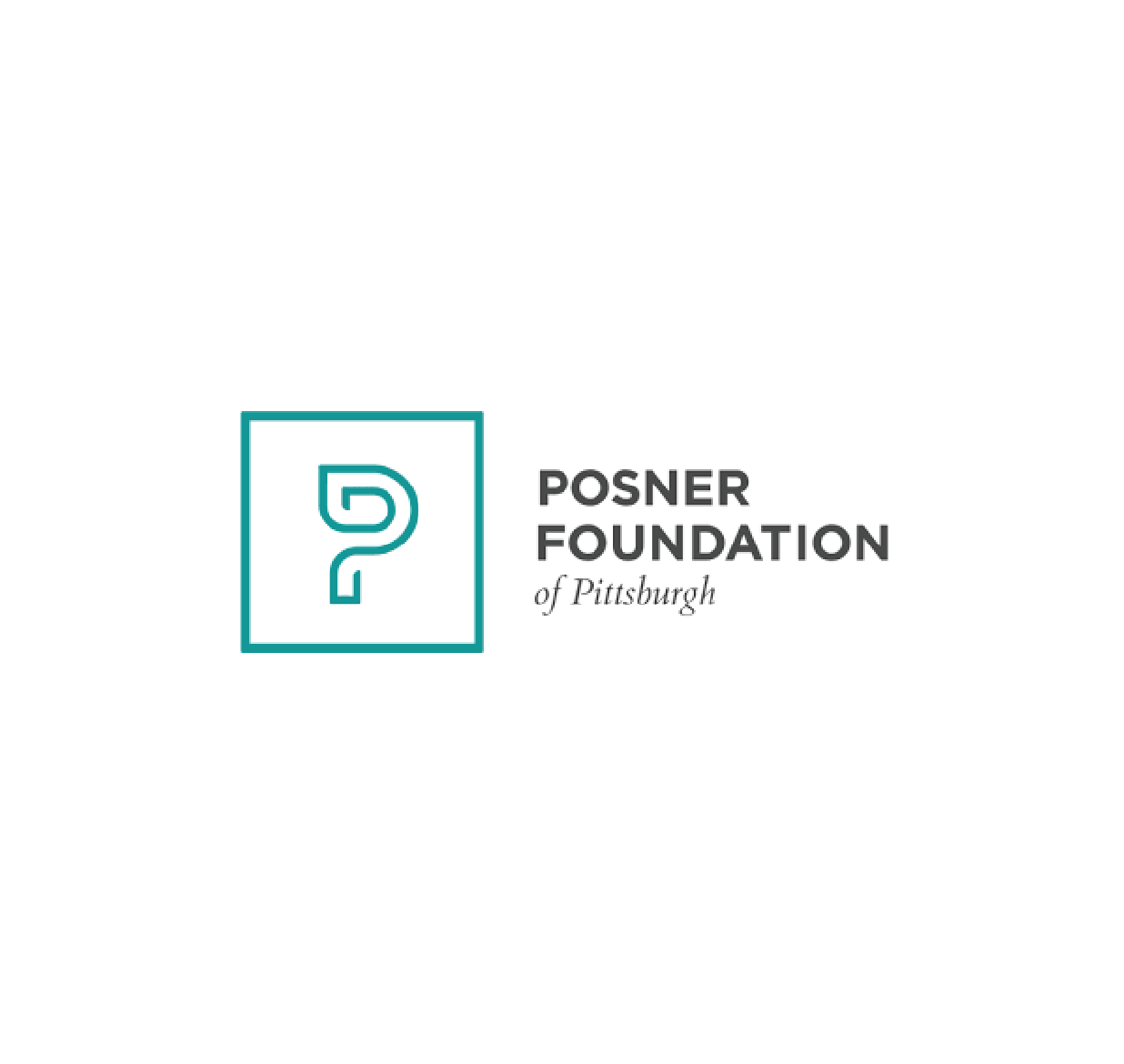
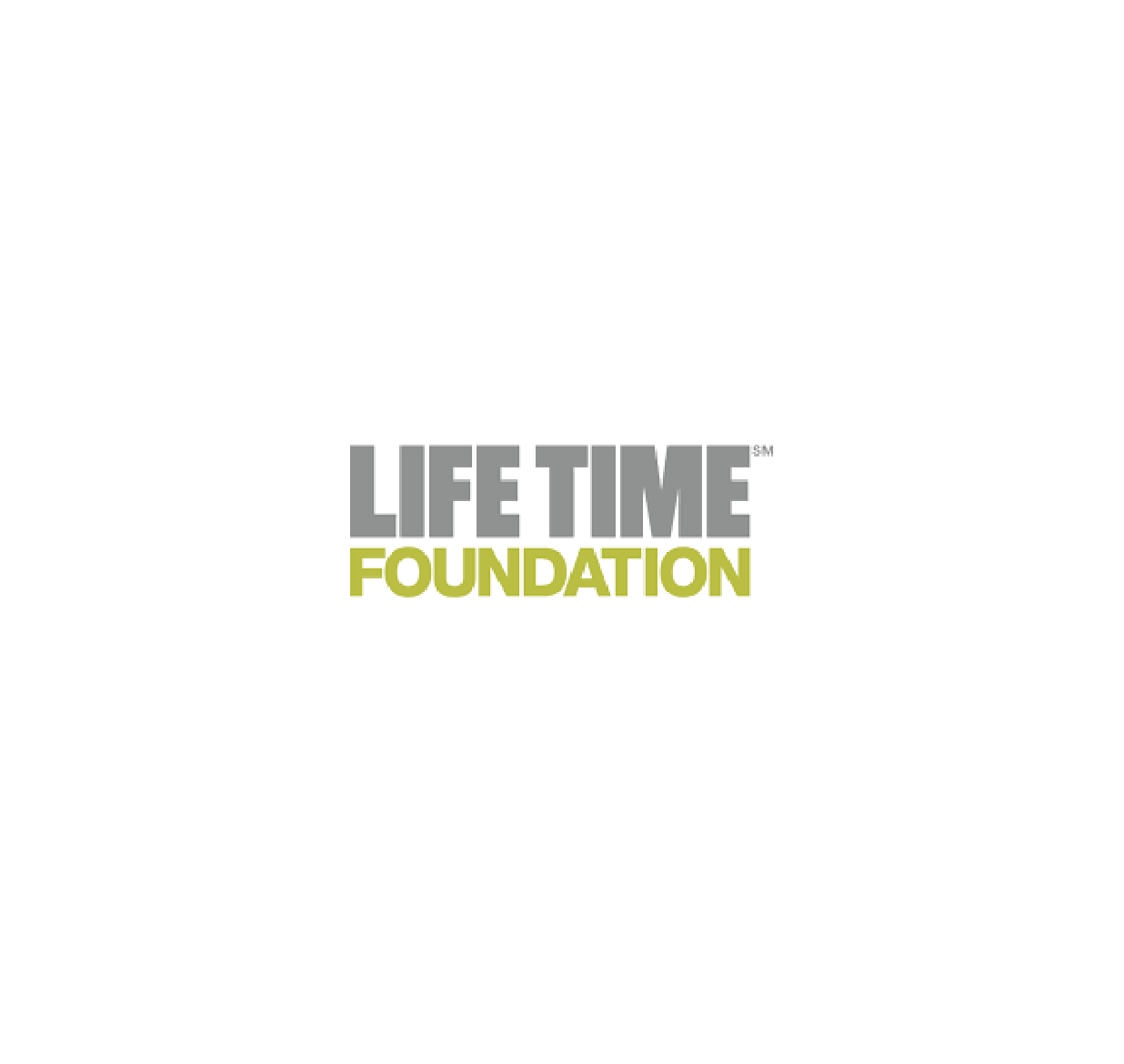
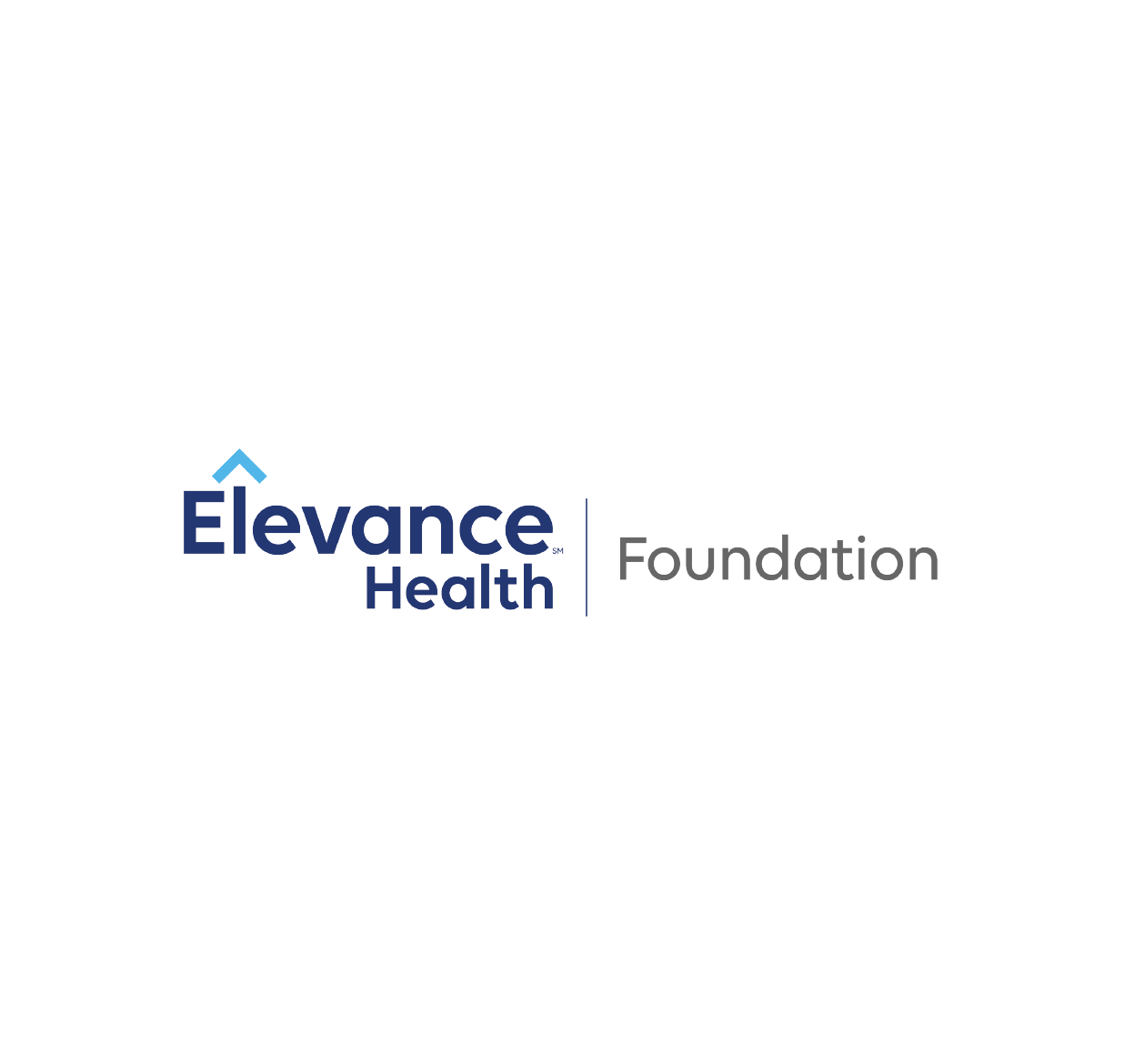
Discover More Grants
Get Schools Cooking
Provides school districts with individualized technical support to begin their journey towards scratch cooking.
Salad Bars to Schools
Salad Bars to Schools (SB2S) provides salad bar packages to help school districts expand their commitment to serving fresh fruits and vegetables.

